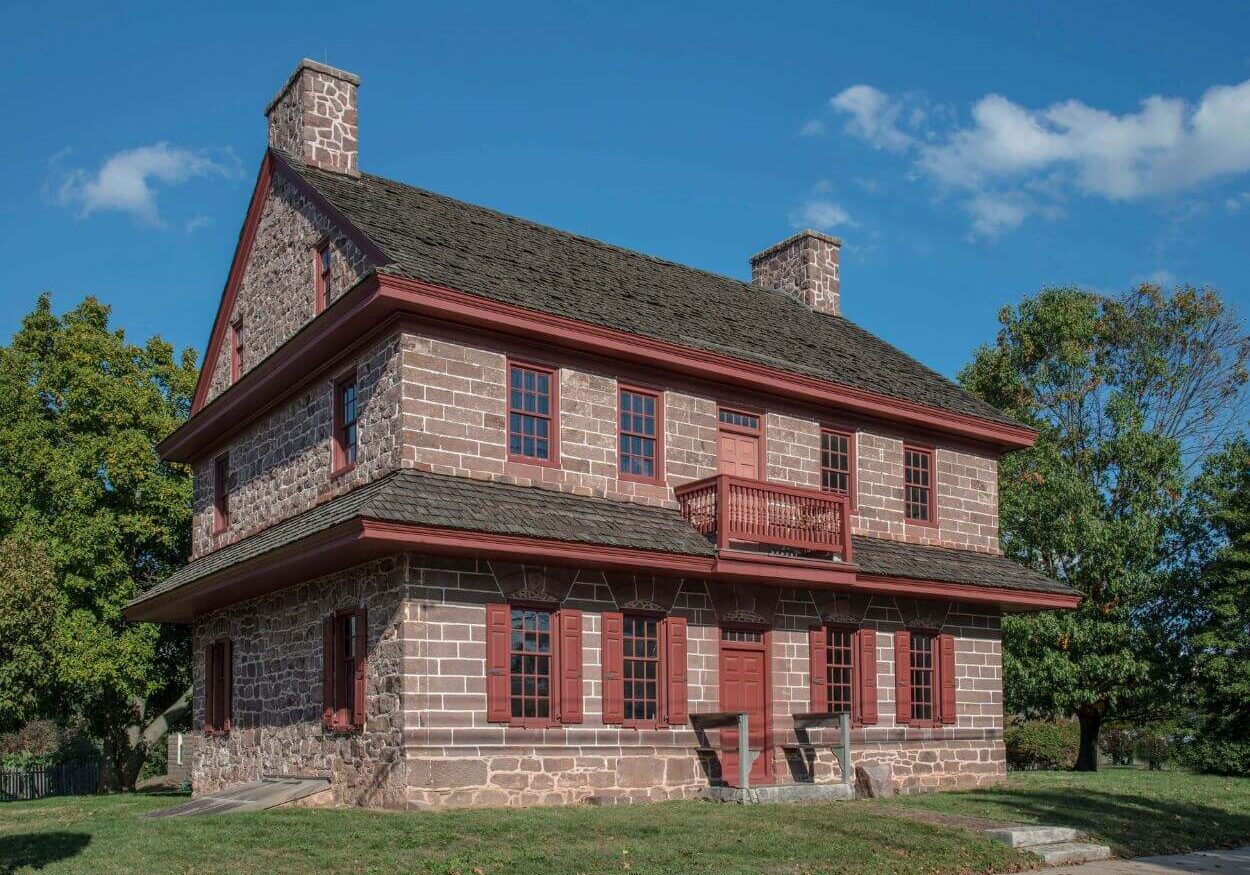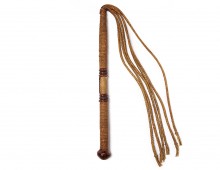In 1844, John Slocum published
An Authentic Narrative of the Life of Joshua Slocum: Containing a Succinct Account of His Revolutionary Services through a
printer in
Hartford.
This book fit into a growing genre: memoirs of unheralded Revolutionary War veterans looking back from old age. The most vital of these was
Joseph Plumb Martin’s
Narrative of Some of the Adventures, Dangers and Sufferings of a Revolutionary Soldier (1830), but I have a fondness for
The Revolutionary Adventures of Ebenezer Fox, of Roxbury, Massachusetts (1838).
U.S. pension
laws had encouraged veterans to write down their memories in order to authenticate their claims. I posit that that led men toward composing and then publishing these longer autobiographies.
Joshua Slocum had died in 1816, at about the age of fifty-six, so he didn’t feel that impetus. Instead, his son John set down the veteran’s stories, shifting between third person, first person, and quoted documents.
Or so John Slocum claimed. He acknowledged pulling large sections of the book from other sources, such as the chapter on the capture of
Fort Ticonderoga, which his father had no part in. But in truth he borrowed a great deal more. Over and over, the details in this
Authentic Narrative just don’t add up, exposing a later perspective shaped by borrowed details and wishful thinking.
The book starts out by saying: “The subject of this sketch was born in the town of
Franklin, Franklin county in the State of Massachusetts, in 1760.” The town of Franklin was never in Franklin County, and neither of those places legally existed in 1760. It’s possible Joshua Slocum was born in the town of
Wrentham, which calved off Franklin during the war; there was a Slocum/Slocomb family there, but his birth doesn’t appear in the surviving vital records.
On the day after the town received news of the fighting at
Lexington, the
Authentic Narrative says, the “Franklin company” set out toward Boston. By the time those men made camp, “The intelligence of the surrender of Ticonderoga and
Crown Point, with all their valuable stores, had already reached
Roxbury.” That would mean the company took more than a month to travel fifty miles.
Somehow Joshua Slocum wrote a dramatic letter to his
Loyalist father from Roxbury on 16 June 1775 but was also in one of the regiments based north of the Charles River that fought the
Battle of Bunker Hill the next day.
In fact, Joshua was wounded—but he refused to leave his post! And a good thing, too:
Among the [British] killed was Major [John] Pitcairn, one of the flower of their army. I shall always believe that it was my rifle that sent him to his final account—for, as the enemy ascended the hill, I selected an officer answering his description, for a target, and as I took good aim, and my rifle seldom missing its object, I am very certain I killed him.
This account, then, is yet
another claim to have killed Maj. Pitcairn. The narrator almost always refers to his
weapon as a “rifle,” though such guns were almost unknown in New England at the time.
A month later, the narrator claims to have been about to volunteer for Col.
Benedict Arnold’s expedition to
Québec when he received a letter from a family friend dated 20 July. Since Arnold started to recruit in early September, that letter must have traveled even more slowly than the “Franklin company.”
The letter invited Slocum to leave the
Continental Army camp, go out to the recruiting station at
Worcester, and become a clerk in the friend’s company. Like most armies, the real Continentals frowned on soldiers deciding all by themselves where they’ll serve, but that’s what this account said Slocum did.
And on it goes.
Massachusetts Soldiers and Sailors of the Revolutionary War states that a Joshua Slocumb of Franklin served in the
Rhode Island campaign of 1779–80. Ironically, the
Authentic Narrative never mentions Rhode Island—most likely the one stint of military service by John Slocum’s father.
In 1882 Dr. Charles Elihu Slocum published
A Short History of the Slocums, Slocumbs and Slocombs of America. Ordinarily such family histories are credulous toward sources that offer information and reflect well on members of the clan. But Dr. Slocum wrote of the
Authentic Narrative:
This little book—of which but few copies can now be found—is written in a style interesting to the young, but it is open to criticism in some of its references to contemporaneous history.
In other words, don’t believe a word of it.
TOMORROW: The arrival of Washington through Slocum eyes.



.png/500px-Morgan_Lewis_(portrait_by_Henry_Inman).png)


















